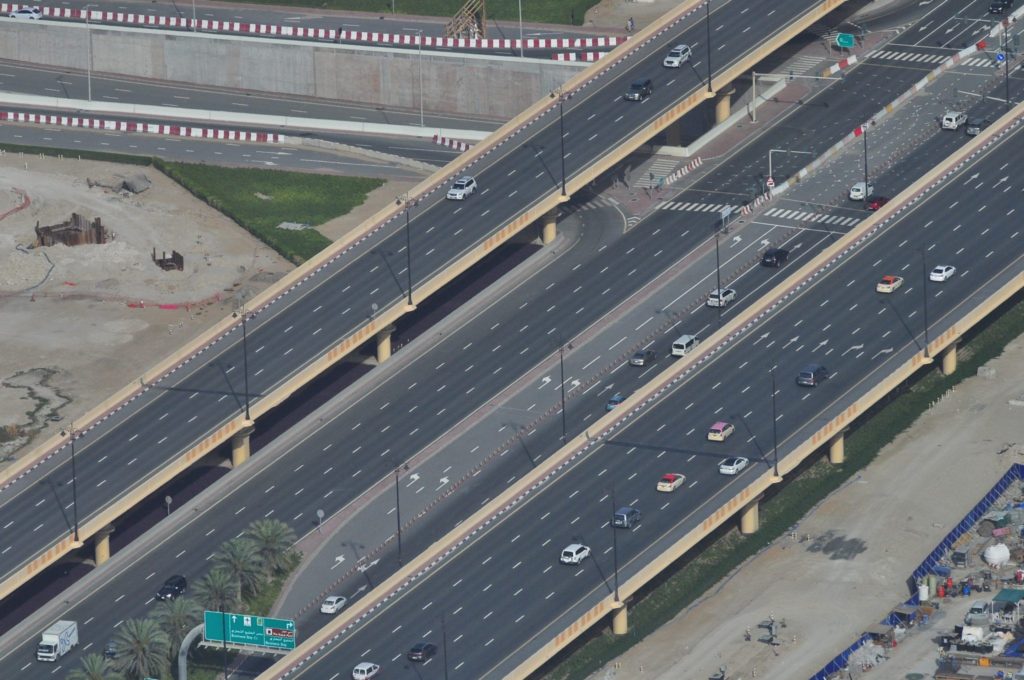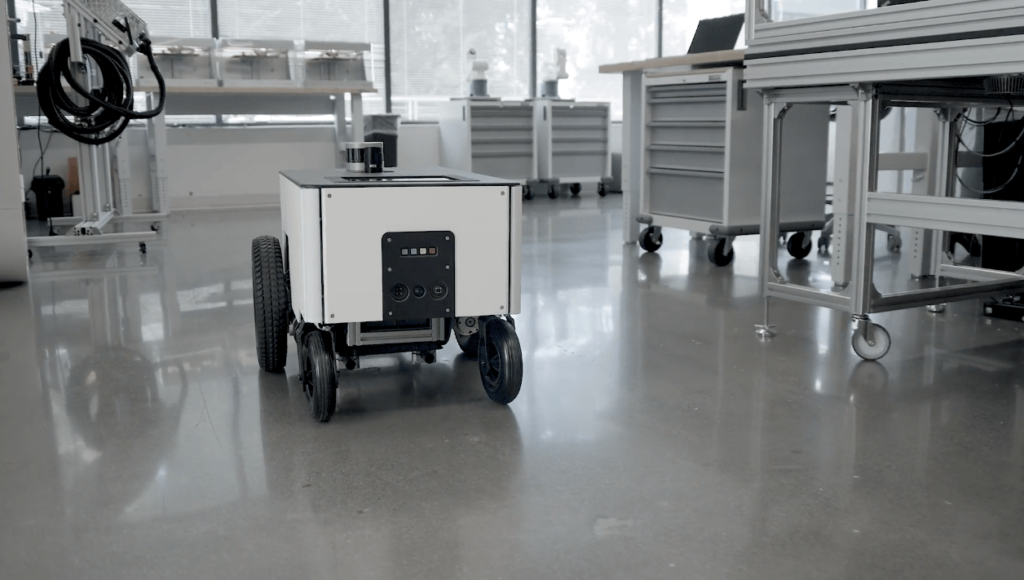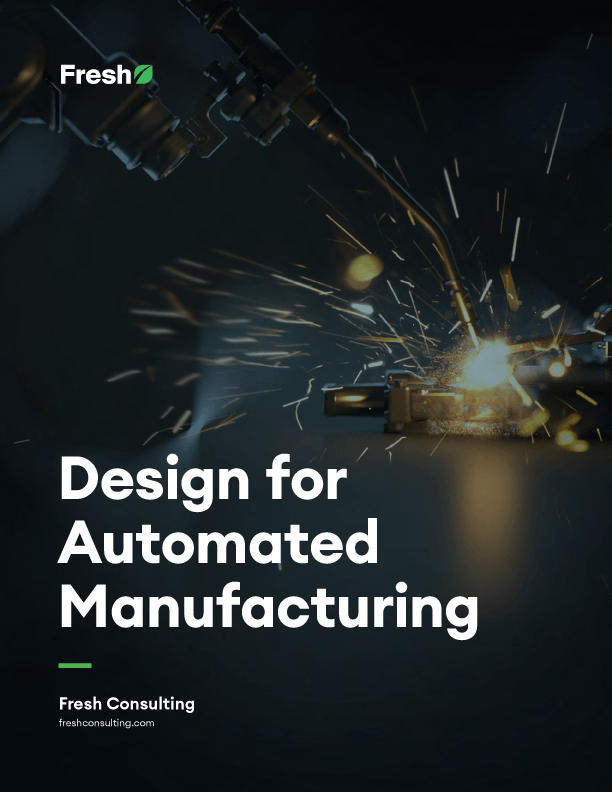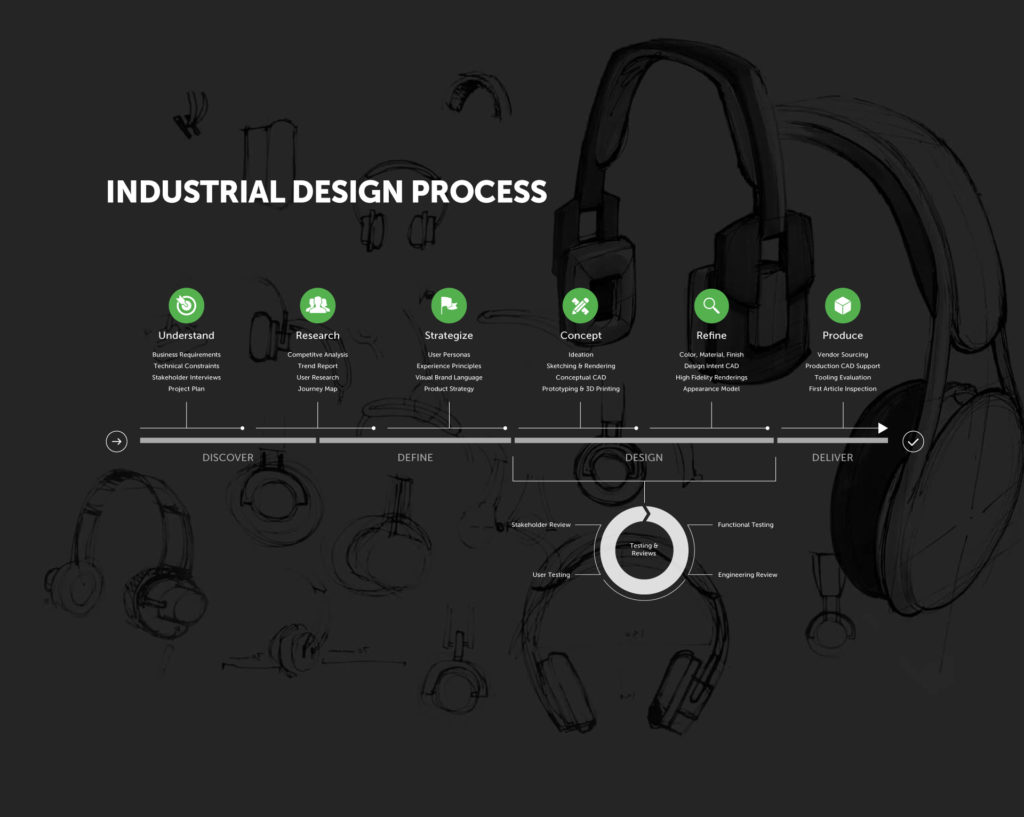Article
Applications of Consumer Autonomous Vehicles

Self-driving vehicles are one of the most highly anticipated consumer products—and the wait is almost up.
As the technology progresses and becomes more available over the next decade, new industry and lifestyle applications will emerge. Whether positive, negative or a mix of both—the effects from this industry are sure to have major implications in our lives.
Individuals will be able to become more independent and financially secure as traveling large distances becomes faster and more affordable. In 2015, a Harvard study cited lack of available transportation as one of the leading factors holding back low-income individuals.
Potential Applications for Ride-Sharing Services
Fewer People Will Own Cars:
Autonomous ride sharing is projected to become the norm over the next decade. For consumers, this means owning a vehicle will become optional. Leading traditional auto manufacturers will respond by shifting their focus from selling vehicles to selling pay-per-use sharing services. It’s estimated that only 15% of Americans will own their own vehicle by 2030. They will instead rely on carpooling and ride-sharing alternatives. These business models have experienced strong growth and annual investment already—and will likely only experience more.
Brand Loyalties Will Shift From Models to Services:
As car ownership decreases, consumers will develop preferences for certain services over another instead of certain makes. Ride availability and service quality will matter much more. Currently, for example, Uber users prefer Uber over Lyft because they like and recognize Uber’s service more. In a decade, people might develop similar preferences for brands like Ford or Nissan. As a result, carmakers might dedicate more of their budget into advertising their service rather than engineering.
City Layouts Will Change Drastically:
Transportation is currently the leading factor influencing city layout. However, as transportation becomes more flexible, traditional cityscapes won’t be as restricted by the flow of vehicles. More streamlined road systems could lead to massive infrastructure changes. In cities, employers may also opt to have their own autonomous vehicle fleet for employees, reducing the need for individuals to live as close to their workplace. Some may even incorporate ride-sharing service in their employee benefits package.
Potential Applications for Business
More Retailers Will Adopt Delivery Models:
Online shopping has already reduced the need for physical store locations. With self-driving vehicles, traditional retailers would be able to bring the store to consumers via shopping kiosks on wheels. Autonomous delivery is already happening with companies like Amazon and UPS. Amazon utilizes UPS to send packages on-demand to customers. Driverless vehicle services could lead to lower prices—and not to mention loads of time. Retailers could employ a fleet of autonomous vehicles to make deliveries all hours of the day. More vehicles and more hours could result in better deliveries.
Automated Food Delivery Service:
Food delivery services could be done by self-driving vehicles. This would save loads of manpower and countless resources. Ford is already offering a service like this in Miami. Business models like Doordash and UberEats would be able to implement self-driving pickup. A number of companies are in a competition to successfully build and deploy the best delivery bot. For example, popular food delivery service Postmates is looking to replace many of its gig economy workers with Postmates Serve bots.
Real Estate:
As parking lots and garages become less necessary, more city space will become available. The real estate industry will likely experience a boom by offering previously unavailable lots in areas with a high population. A survey by IBM found that 30% of traffic is a result of drivers looking for parking. Self-driving vehicles won’t have to sit in parking lots—reducing the need for these lots and garages. Of course, the problem of city traffic won’t be completely solved right away. But the idea is that autonomous cars can operate continuously and will be able to deliver passengers everywhere all day, thus alleviating the congestion caused by parking.
Auto Insurance:
As car ownership goes down, auto insurance will shift from consumers to ride-sharing providers. Auto insurers might shift their business models from protecting drivers from human error to focus mainly on insuring manufacturers from technical failure liabilities. A shift this widespread might transform the entire insurance industry. Similarly, auto repairs will be at the expense of companies rather than individuals.
Potential Applications for Lifestyle
More Efficient Highways:
Autonomous vehicles can communicate with each other. They don’t get distracted or have to make decisions, making traffic congestion go down significantly. Theoretically, highways could function like a well-oiled machine with completely autonomous vehicles. So-called “phantom jams” can be reduced due to self-driving vehicles maintaining a more consistent speed. No cars will randomly slam on brakes, cut others off, or drift in and out of lanes.
Accident Rates Will Drop:
Estimates have shown that 94% of crashes are caused by human error. Driverless systems don’t spill hot coffee, text, drink, or turn around to find something on the backseat floor. Since self-driving vehicles eliminate the possibility of human error, they will be much safer, and traffic accidents could become a thing of the past. Eliminating traffic accidents will improve our economy and take pressure off our healthcare system. For every fatality in a motor vehicle accident, eight are hospitalized and 100 are taken to emergency rooms.
Emergency Vehicles Could Go Driverless:
Autonomous first-response vehicles could speed up response times and allow risky rescues to be performed without putting responders in danger. Driverless ambulances could change how out-of-hospital emergency care is administered. Ford is even developing self-driving police cars with the ability to flag down speeders and give them a ticket. The goal is to have autonomous cars take over routine police tasks so human officers can focus on more dire issues. While self-driving fire engines are a ways down the road, UK fire services are already utilizing remote-controlled vehicles.
Recap
The rise of autonomous vehicles will have a significant impact on society. The applications discussed in this post provide only a snapshot of the wide spectrum of possible opportunities. Understanding how these applications will shape our lives will be a crucial challenge over the next decade for businesses and leaders.









